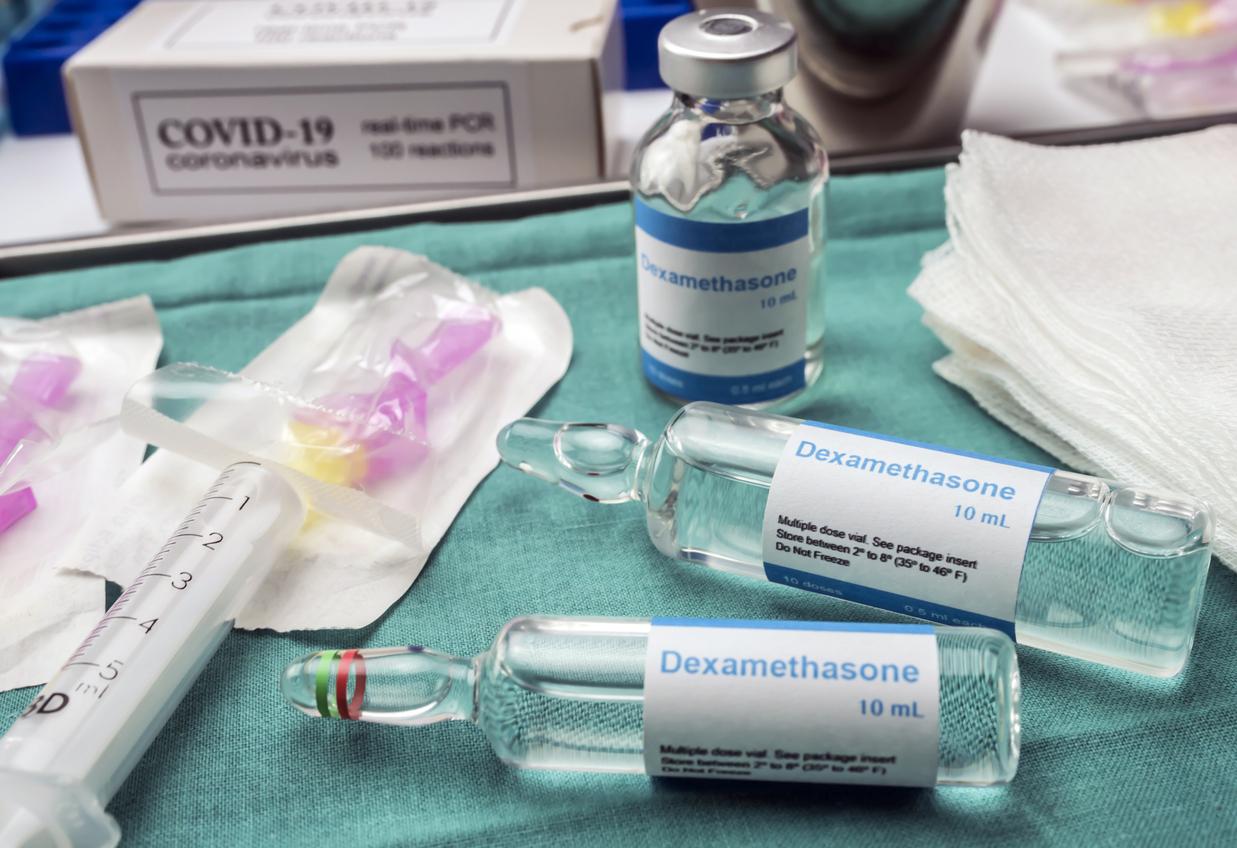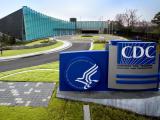A comparative analysis yesterday in BMJ Global Health shows that national clinical guidelines for treating COVID-19 vary significantly around the world, and nearly every national guideline (NG) recommends at least one COVID-19 treatment proven not to work.
The authors considered the gold standard for clinical guidelines to be the World Health Organization's (WHO's) 2022 updated guidelines—the 11th version of the WHO guideline.
They looked at NGs for 109 of the 194 WHO member states after the summer of 2022. Of the 85 countries not included in the final analysis, 9 did not have any NGs.
Regionally, Europe had the most countries with easily identifiable guidelines (69.8%), followed by Africa (53.2%). A country's ministry of health published 73.4% of guidelines, while 12.8% of the guidelines were published by a national disease organization.
The 11th WHO guidelines recommend that clinicians categorize disease severity as non-severe, severe, and critical. However, 84.4% of reviewed NGs defined COVID-19 severity differently from the WHO, and 6.4% of the guidelines did not define severity at all.
Just 10 countries (9.2%) had NGs that published severity definitions comparable to the WHO.
Steroids most widely recommended
The WHO guidelines recommend 10 therapeutics or medications, but NGs recommended 1 to 22 therapeutics. The therapies recommended in NGs were graded in 25 (23.8%) of the guidelines assessed. Most (77%; 84) guidelines did not include an assessment of the strength of the therapeutic recommendation.
"The most commonly recommended drugs were corticosteroids; 92% (100/109) of the NGs featured corticosteroids, and 80% (88/109) recommended corticosteroids for the same disease severity as did the WHO," the authors wrote.
Corticosteroids were not recommended in severe disease in nearly 10% of guidelines, however, despite strong evidence of their benefit.
Several countries, especially those in poorer regions, in 2022 continued to recommend treatments that had been disproven and were not recommended by the WHO, including chloroquine, lopinavir–ritonavir, azithromycin, vitamins, and zinc.
Why do NGs differ so much in their treatment guidance for such a widespread and potentially serious infection when all have access to the same information?
"Why do NGs differ so much in their treatment guidance for such a widespread and potentially serious infection when all have access to the same information?" the authors wrote. "Apart from the prohibitive cost of some medications for low-resource settings, we do not have a satisfactory explanation."


















